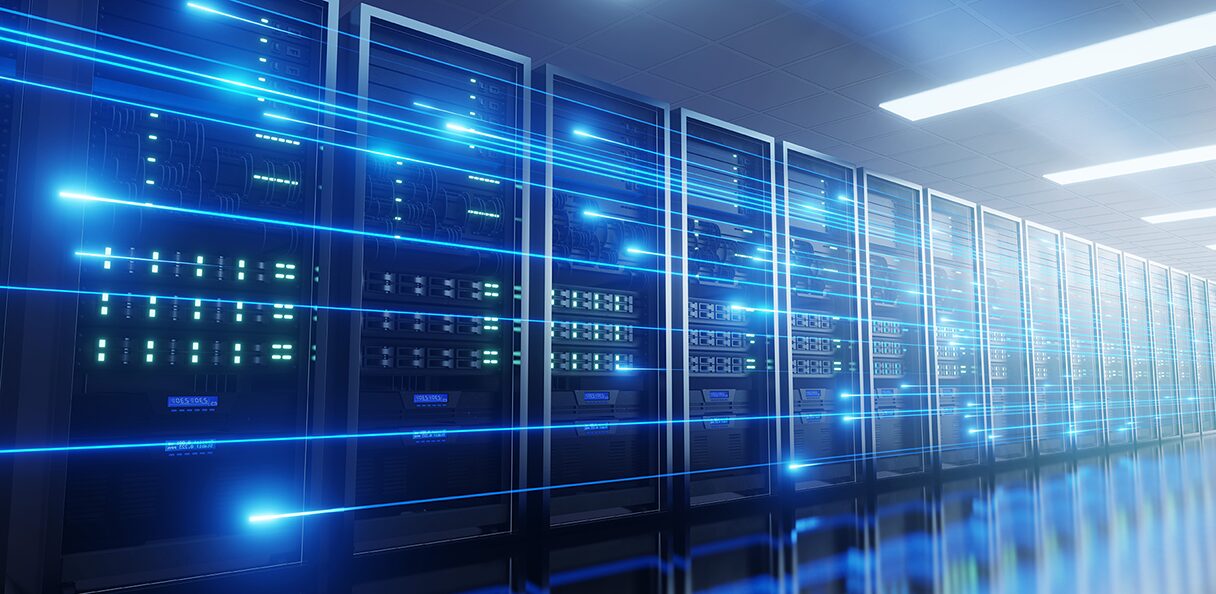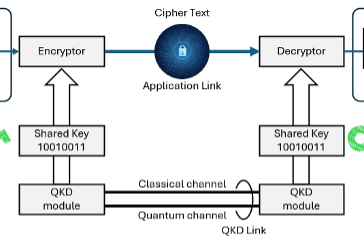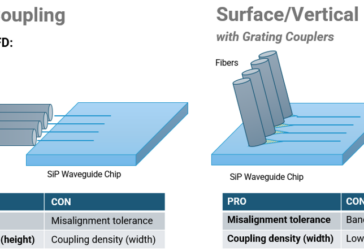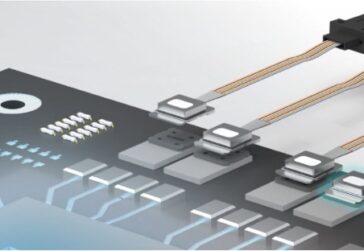The Importance of Liquid Cooling in Data Centers
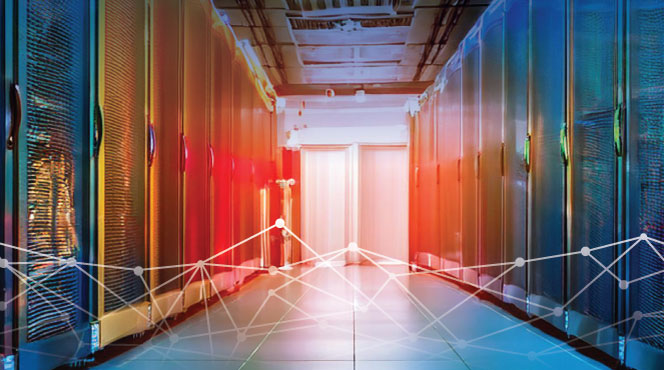
As the backbone of the modern digital economy, data centers are critical to storing and processing the vast amounts of data generated every day. However, the immense computational power required in these facilities generates significant heat, necessitating efficient cooling solutions to maintain optimal operational conditions. Among various cooling technologies, liquid cooling has emerged as a game-changer for data centers. This article explores the importance of liquid cooling, its advantages over traditional methods, and how it is implemented effectively in modern data center design.

The Growing Need for Efficient Cooling Solutions
Data centers are experiencing exponential growth, driven by the increasing demand for cloud services, big data analytics, artificial intelligence, and the Internet of Things (IoT). According to the International Data Corporation (IDC), the global data sphere is expected to reach 175 zettabytes by 2025. This staggering growth correlates with a significant rise in energy consumption, leading to higher operational costs and increased carbon footprints.
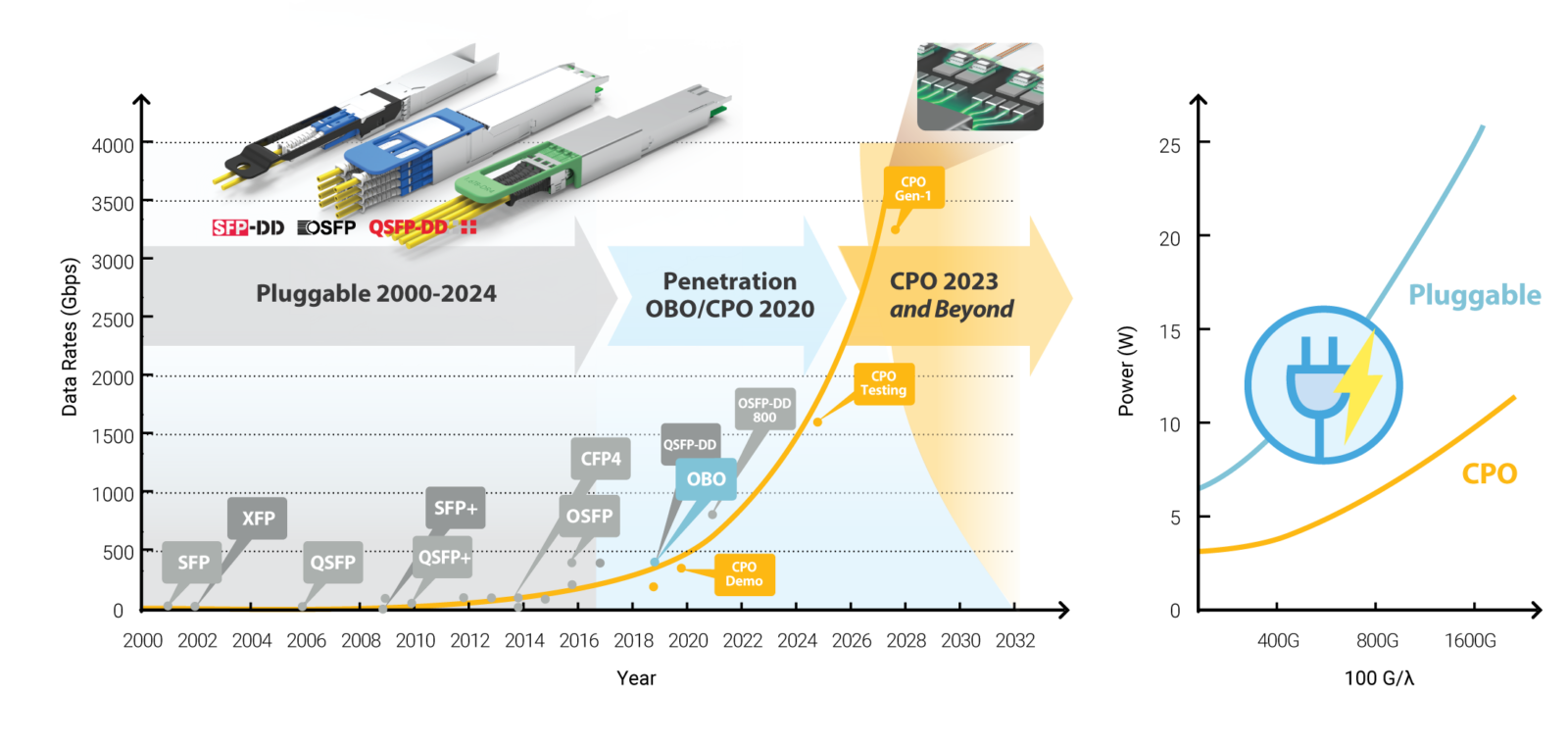
Heat generated by servers and networking equipment is a primary concern. Traditional air-cooling systems, while still prevalent, are becoming less effective as components become denser and more powerful. As processors advance, they can produce more heat in a smaller space, necessitating more efficient cooling solutions. Liquid cooling addresses these challenges by offering superior thermal management capabilities.

Advantages of Liquid Cooling
1 – Enhanced Thermal Management
Liquid cooling systems can absorb and dissipate heat more efficiently than air, in fact on average it is 30% more efficient. Water has a higher thermal conductivity than air, allowing for better heat transfer from components. This enhanced thermal management helps maintain optimal operating temperatures, reducing the risk of thermal throttling and improving overall system performance.
2 – Increased Density and Performance
With traditional air cooling, data centers are limited by the cooling capacity of air. Liquid cooling enables higher-density server configurations, allowing more computing power in the same footprint. This increased density translates to better performance and efficiency, making it easier for data centers to adapt to growing demands without needing additional physical space.
3 – Energy Efficiency
Liquid cooling systems generally consume less energy than air cooling systems. They can reduce the reliance on energy-intensive air conditioning units, leading to lower power usage effectiveness (PUE) ratios. A lower PUE means that more of the energy consumed is used for computing rather than cooling, significantly reducing operational costs.
4 – Reduced Noise Levels
Air cooling systems often require large fans that produce considerable noise. Liquid cooling, on the other hand, can operate more quietly, creating a more comfortable environment for personnel working in or around data centers. This reduction in noise can also contribute to a less stressful work environment.
5 – Scalability and Flexibility
As data centers grow, their cooling solutions must adapt accordingly. Liquid cooling systems can be more easily scaled than traditional air-cooling systems, allowing for straightforward upgrades as the demand for cooling increases. This flexibility ensures that data centers can evolve without undergoing significant overhauls of their existing cooling infrastructure.
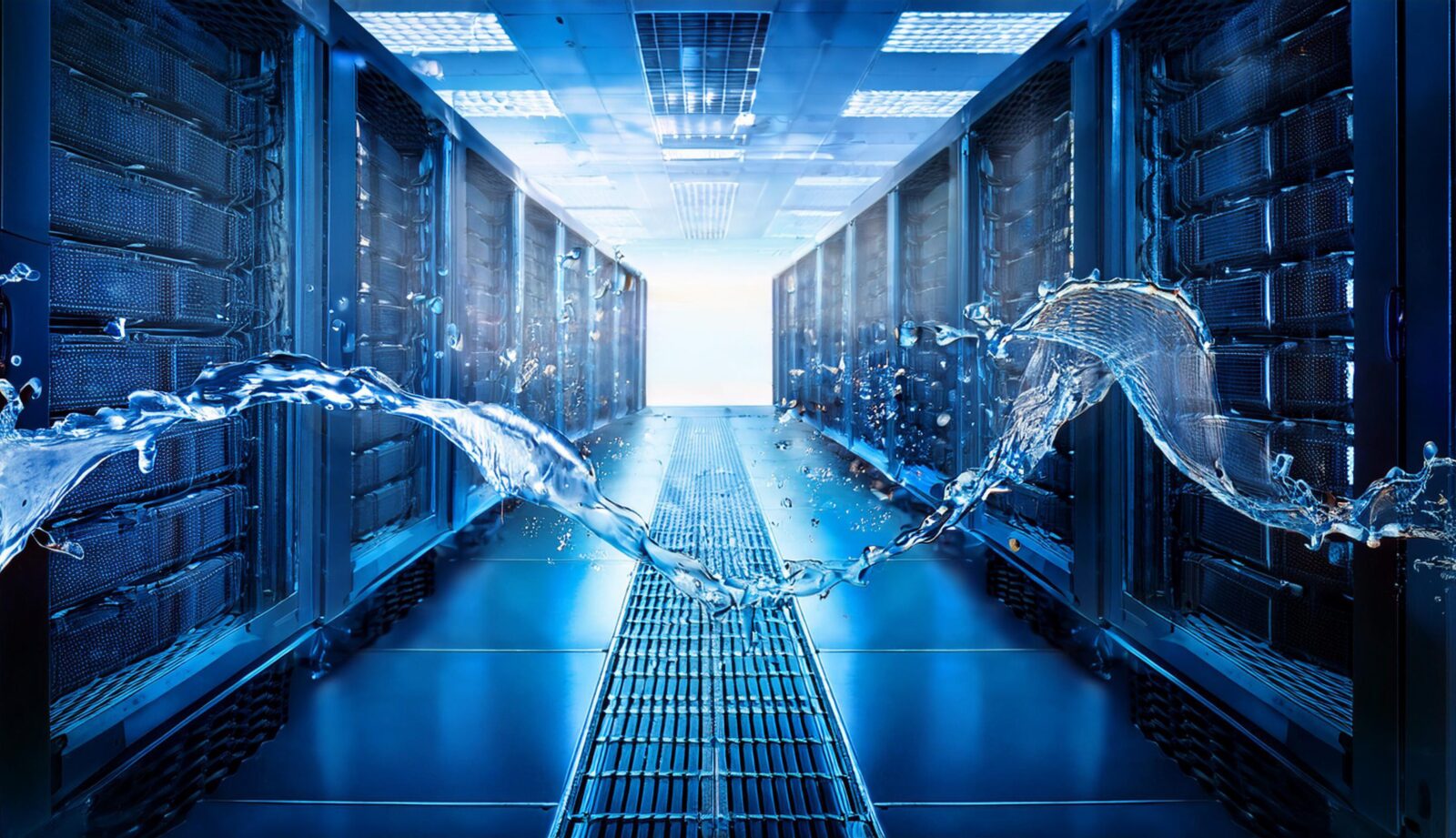
Implementing Liquid Cooling in Data Centers
Transitioning to a liquid cooling system involves several considerations, from design to installation and maintenance. Here are some key aspects of implementing liquid cooling in data centers:
1 – Types of Liquid Cooling Systems
There are several types of liquid cooling technologies, each with its advantages and suitability for different applications:
- Direct-to-Chip Cooling: This method involves circulating coolant directly to the heat-producing components, such as CPUs and GPUs. This approach maximizes cooling efficiency and minimizes heat transfer to the surrounding environment.
- Immersion Cooling: In this system, servers are submerged in a non-conductive liquid, which absorbs heat directly. Immersion cooling offers extremely high thermal management capabilities and can be particularly effective for high-density configurations.
Chilled Liquid Cooling: This system uses chilled water, circulated through a heat exchanger, to absorb heat from server racks. The chilled water is typically cooled by a chiller unit, providing a reliable cooling source.
2 – Infrastructure Considerations
Implementing liquid cooling requires careful planning of the data center infrastructure. This includes:
- Piping and Distribution: Designing an efficient piping system to distribute coolant throughout the facility is crucial. The layout must consider factors like flow rates, pressure drops, and maintenance access.
- Leak Prevention: Preventing leaks is a primary concern in liquid cooling. Data centers must incorporate leak detection systems and redundant components to minimize the risk of coolant spills that could damage equipment.
- Heat Reclamation: Many modern liquid cooling systems are designed to reclaim waste heat for other applications, such as heating buildings or supplying hot water. This not only increases energy efficiency but also contributes to sustainability efforts.
3 – Integration with Existing Systems
Transitioning to liquid cooling does not necessarily mean abandoning existing air-cooling systems. Many data centers opt for hybrid solutions, combining air and liquid cooling to optimize performance. This integration allows for gradual upgrades and can help mitigate costs associated with a complete overhaul.
4 – Monitoring and Maintenance
Liquid cooling systems require ongoing monitoring and maintenance to ensure optimal performance. Implementing monitoring solutions that track coolant temperatures, flow rates, and potential leaks can help data center operators respond quickly to any issues, minimizing downtime.
Conclusion
As data centers continue to expand and evolve, the importance of efficient cooling solutions becomes increasingly evident. Liquid cooling offers significant advantages over traditional air cooling systems, including enhanced thermal management, increased energy efficiency, and scalability. By carefully implementing liquid cooling technologies and addressing infrastructure considerations, data centers can ensure optimal performance while meeting the growing demands of the digital age.
In an era where energy efficiency and operational sustainability are paramount, embracing liquid cooling is not just a choice—it’s a necessity for data centers aiming to thrive in a competitive landscape. With the right planning and execution, liquid cooling can lead to significant cost savings, improved performance, and a more sustainable future for data centers worldwide.

